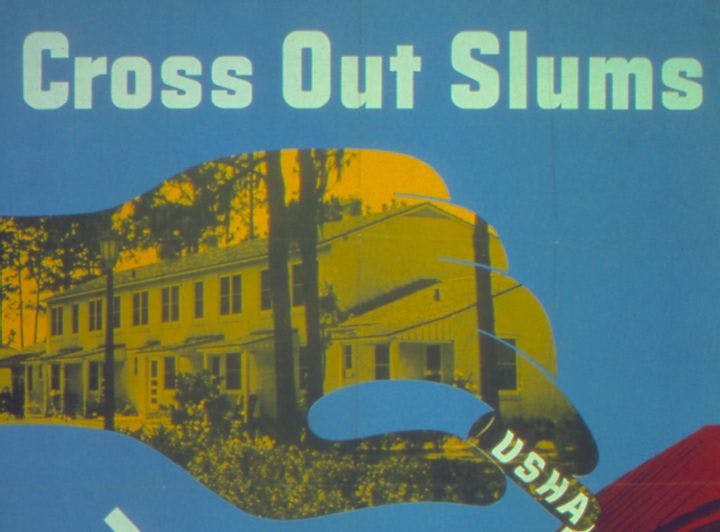Spring 2013
The wrong way to move people out of the ghetto
– The Wilson Quarterly
Moving poor people to better neighborhoods has a surprising effect.
What if the people living in America’s most impoverished ghettos could be moved en masse to better neighborhoods? Would a more favorable environment improve their lives? A new study suggests some surprising answers.
During the 1990s, a federal program called Moving to Opportunity offered housing vouchers to some 4,600 households in high-poverty city neighborhoods that allowed them to find apartments in better areas. More than 10 years later, Jens Ludwig, a professor of law and policy at the University of Chicago, went back with six colleagues to find out how the program participants had fared.
Moving to Opportunity didn’t have the effects its creators had hoped. Reporting in Science, Ludwig and his colleagues found that the participants—about half of whom actually took advantage of the vouchers—enjoyed no increase in “economic self-sufficiency” compared with a control group. There was some improvement in a “broad index of physical health measures,” but not enough to be statistically significant. There was a “marginally significant” increase in mental health.
By one measure, however, moving out and up made a world of difference: happiness. The “subjective well-being” of those who used the vouchers, measured by a survey the researchers carried out, soared after they moved. This was true even if they went to neighborhoods only somewhat better off than the ones they left behind (in which half the residents were poor). Those who got out of their old neighborhoods had annual incomes averaging only $20,000, but they reported levels of happiness on a par with those of people with incomes of about $33,000. It’s not hard to see why: Many of the people who signed up for Moving to Opportunity said that an important reason was their desire to escape gang violence and drugs.
That’s not all the authors found. While racial segregation is declining in America, income segregation is on the rise, with poor people increasingly concentrated in certain areas. And Ludwig and his colleagues discovered that it is income segregation that accounts for the lower levels of subjective well-being among the poor. The Moving to Opportunity beneficiaries who made their way to less racially segregated but otherwise similar neighborhoods reported no rise in their level of happiness; all the benefits went to those who moved where poverty was less prevalent.
Is increasing people’s happiness a legitimate goal of government policy? Ludwig and his colleagues recast the issue this way: “Policies that seek to ameliorate the adverse effects of dangerous, distressed neighborhoods on poor families are worthy of careful consideration.”
THE SOURCE: “Neighborhood Effects on the Long-Term Well-Being of Low-Income Adults” by Jens Ludwig, Greg J. Duncan, Lisa A. Gennetian, Lawrence F. Katz, Ronald C. Kessler, Jeffrey R. Kling, and Lisa Sanbonmatsu. Science, Sept. 21, 2012.
Photo courtesy of Wikimedia Commons
